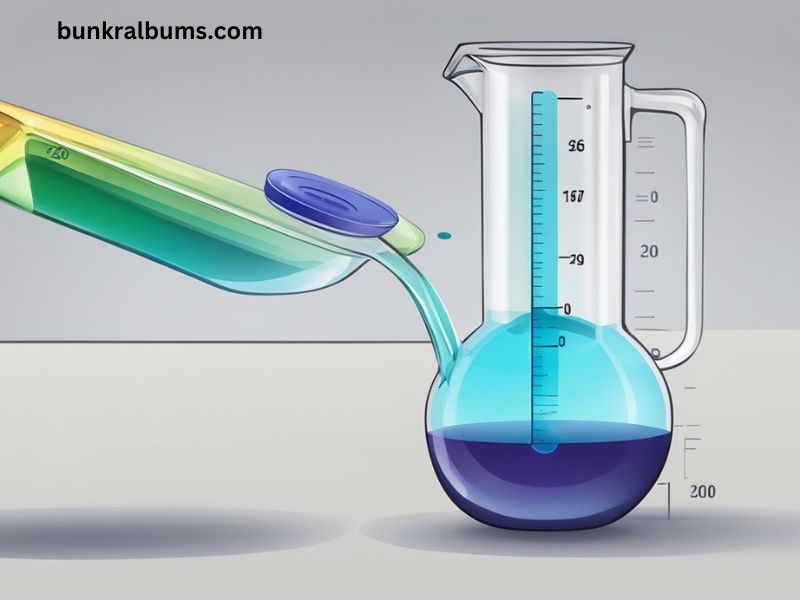When it comes to cooking, baking, or even crafting homemade remedies, accurate measurements are crucial. One common question that often arises is, “How many tablespoons are in an ounce?” Understanding this conversion is essential for both novice cooks and seasoned chefs alike. In this article, we will explore the relationship between tablespoons and ounces, how to make the conversion, and some practical applications of this knowledge.
Understanding the Basics: Tablespoons and Ounces
To answer the question, we first need to understand what tablespoons and ounces are:
- Tablespoon (tbsp): A tablespoon is a unit of volume commonly used in cooking. It is part of the U.S. customary and imperial systems of measurement. One tablespoon is approximately equal to 15 milliliters (ml).
- Ounce (oz): An ounce is also a unit of volume (when referring to fluid ounces) or weight (when referring to ounces in general). A fluid ounce is roughly equivalent to 29.57 ml.
The Conversion
In terms of volume, the conversion between tablespoons and fluid ounces is straightforward. There are 2 tablespoons in 1 fluid ounce. This means that when you see a recipe calling for fluid ounces, you can easily convert that measurement to tablespoons by multiplying by 2.
Practical Applications
Understanding the tablespoon-to-ounce conversion is helpful in various scenarios:
- Cooking and Baking: Many recipes, especially in American cuisine, often use tablespoons as a unit of measurement. When adapting a recipe that lists ingredients in fluid ounces, knowing the conversion can help ensure accuracy. For example, if a recipe calls for 4 ounces of liquid, you can quickly determine that you need 8 tablespoons.
- Diet and Nutrition: Nutrition labels often present serving sizes in ounces, especially for liquids. When measuring out portions for dietary purposes, understanding how to convert ounces to tablespoons can help you track your intake more effectively. For instance, if a beverage has a serving size of 6 ounces, this would equal 12 tablespoons.
- Home Remedies: Many home remedies and health solutions also rely on precise measurements. If you’re following a natural remedy that lists ingredients in ounces, converting to tablespoons can make the process smoother and easier to manage.
Measuring Tips
Here are some practical tips for measuring tablespoons and ounces accurately:
- Use Standard Measuring Tools: Invest in a good set of measuring spoons and cups. Standard measuring spoons come in various sizes, including tablespoons, teaspoons, and milliliters. Using these tools ensures that your measurements are accurate.
- Level Off Ingredients: When measuring dry ingredients (like flour or sugar), it’s important to level off the tablespoon with a straight edge. This ensures you’re not adding too much or too little.
- Liquid Measurements: For liquids, it’s best to use a liquid measuring cup that has ounce markings. This allows for more accurate measurements than using a tablespoon alone.
- Practice Conversion: Familiarizing yourself with common conversions can make cooking and baking much more efficient. Besides the tablespoon to ounce conversion, consider memorizing other equivalents, such as teaspoons in a tablespoon (3 teaspoons in 1 tablespoon).
Common Conversions
While we focus on tablespoons and ounces, here are some other related conversions that might be useful in the kitchen:
- Teaspoons to Tablespoons: There are 3 teaspoons in 1 tablespoon.
- Cups to Ounces: There are 8 fluid ounces in 1 cup.
- Cups to Tablespoons: There are 16 tablespoons in 1 cup.
- Pints to Ounces: There are 16 fluid ounces in 1 pint.
Frequently Asked Questions
1. What is the difference between a dry ounce and a fluid ounce?
A dry ounce measures weight, while a fluid ounce measures volume. In cooking, you typically deal with fluid ounces when measuring liquids. The conversion we discussed applies only to fluid ounces.
2. Are there any exceptions to the tablespoon-to-ounce conversion?
In most cases, the conversion of 2 tablespoons per fluid ounce holds true. However, when measuring ingredients that have different densities (like honey or molasses), you might find slight variations in volume based on the ingredient’s characteristics.
3. How can I remember the conversion?
A simple trick to remember the conversion is to think of it as “2 tablespoons make an ounce.” This can help you quickly convert measurements while cooking or baking.
Conclusion
Knowing how many tablespoons are in an ounce is more than just a trivial piece of information; it’s an essential skill that can enhance your cooking and baking experiences. Whether you’re following a recipe, tracking your nutrition, or experimenting with home remedies, understanding this conversion can save you time and improve your results.
Always remember to use the right measuring tools, practice your conversions, and don’t hesitate to refer back to this guide whenever needed. Happy cooking!







